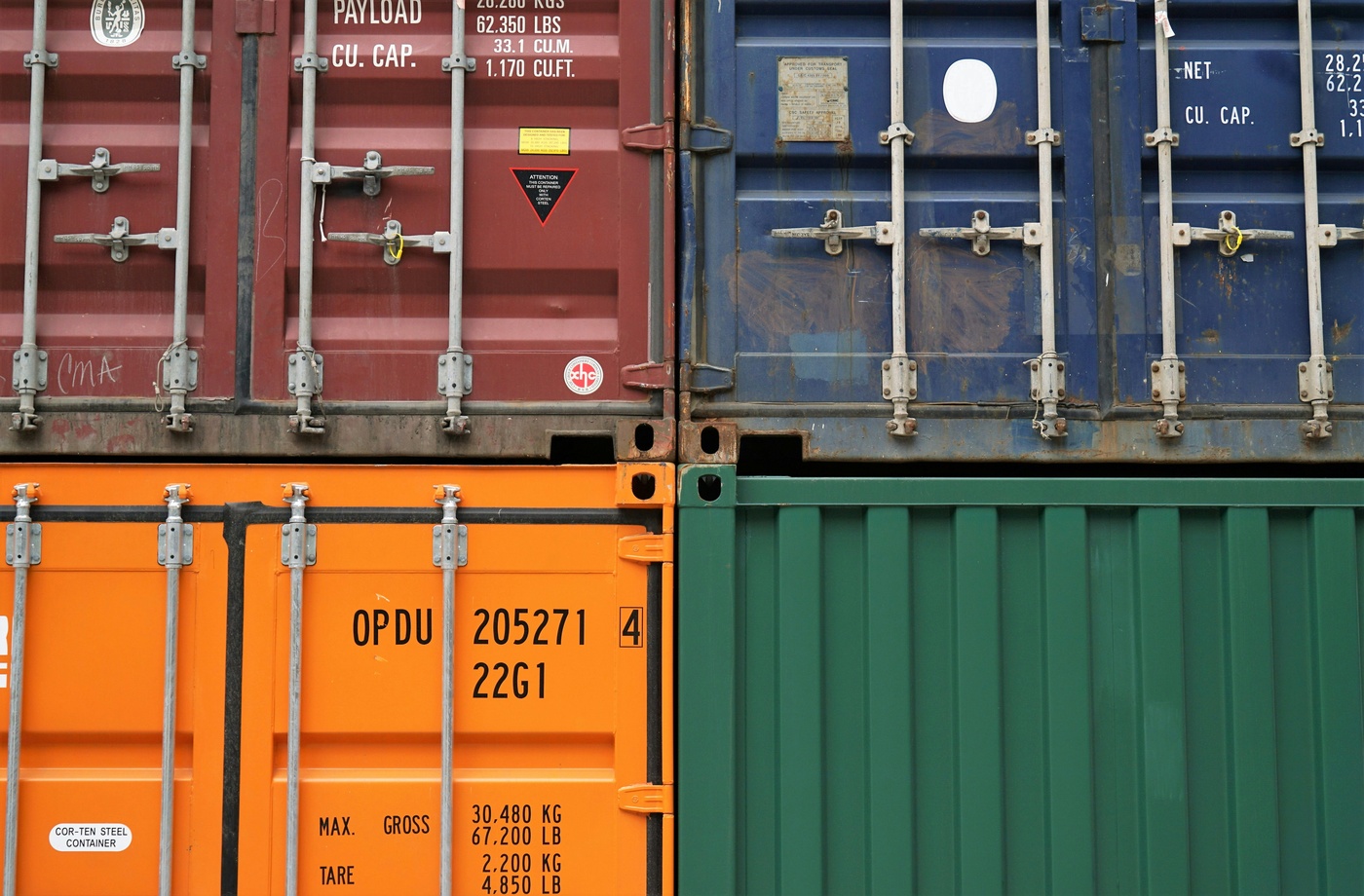Shipping internationally opens up tremendous opportunities for business growth—but it also comes with added complexity. One of the most confusing aspects for sellers and buyers alike is how duties, taxes, and customs fees work. Mismanaging these elements can lead to delays, unexpected charges, and unhappy customers. Here’s a breakdown of what you need to know to navigate global shipping smoothly and stay compliant.
- What Are Duties, Taxes, and Customs Fees?
Duties are import fees imposed by the destination country based on the product type and value. Taxes, such as VAT (Value-Added Tax) or GST (Goods and Services Tax), are additional government-imposed charges. Customs fees may also include processing or handling fees applied by customs brokers or agencies.
These charges are determined by:
- The product’s declared value
- The country of origin
- The product’s HS Code (Harmonized System Code), a standardized numerical classification system for traded products
- The import rules of the destination country
- Who Is Responsible for Paying These Fees?
Responsibility depends on the chosen shipping terms. Under Delivered Duty Unpaid (DDU), the buyer pays duties and taxes upon delivery. With Delivered Duty Paid (DDP), the seller covers all import costs upfront.
While DDU can lower your initial costs, it may result in customer frustration if buyers are caught off guard. Many businesses now offer DDP through platforms like Easyship, allowing fees to be calculated and paid at checkout for a smoother experience.
- How to Determine Duties and Taxes in Advance
To estimate fees accurately, you’ll need the correct HS code and declared value. Tools like Easyship’s Duties & Taxes Calculator or SimplyDuty allow sellers to get real-time duty estimates for nearly any destination.
Be sure to use precise descriptions and correct values on your commercial invoice, which is required by customs to determine charges. Inaccurate declarations can result in fines or seizure of goods.
- Country-Specific Thresholds and Free Trade Agreements
Some countries have de minimis thresholds—a value under which goods can be imported tax-free. For example:
- United States: $800 USD
- Australia: AUD $1,000
- United Kingdom: £135 (for VAT)
Additionally, your product may qualify for reduced or waived duties under free trade agreements (FTAs) such as USMCA, which covers the U.S., Canada, and Mexico. Always check if your item and shipping route are eligible for such benefits.
- Best Practices to Avoid Delays and Disputes
- Always include accurate customs documentation: This means commercial invoices, packing lists, and certificates of origin if needed.
- Train your fulfillment team: Ensure your staff understands how to apply HS codes, label packages, and complete customs forms correctly.
- Communicate clearly with international customers: Inform them during checkout whether they’ll be responsible for import charges and what those might entail.
- Choosing Carriers That Simplify the Process
Carriers like DHL Express and FedEx International offer customs support, integrated clearance, and tracking. These services are worth the extra cost when you want speed and minimal border delays. - Offset Costs with Cashback Tools
While duties and taxes are non-negotiable, you can save on related shipping expenses. For example, businesses can earn cashback with a USPS gift card or get rewards with a DHL gift card through Fluz, which helps reduce overall fulfillment costs when shipping abroad. - Keep Up with Global Changes
International trade regulations evolve often. Stay informed through resources like U.S. Customs and Border Protection, Export.gov, and your country’s local customs authority.
International shipping success depends on preparation. By understanding duties and taxes and choosing the right tools, carriers, and strategies—including platforms like Fluz for cashback savings—you can confidently expand your global reach while maintaining profitability.



